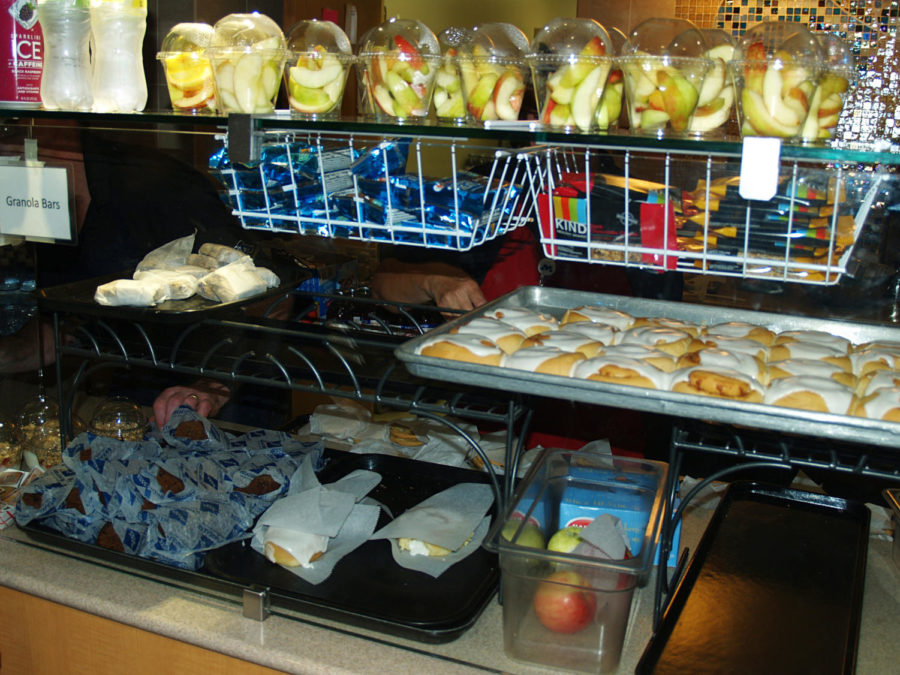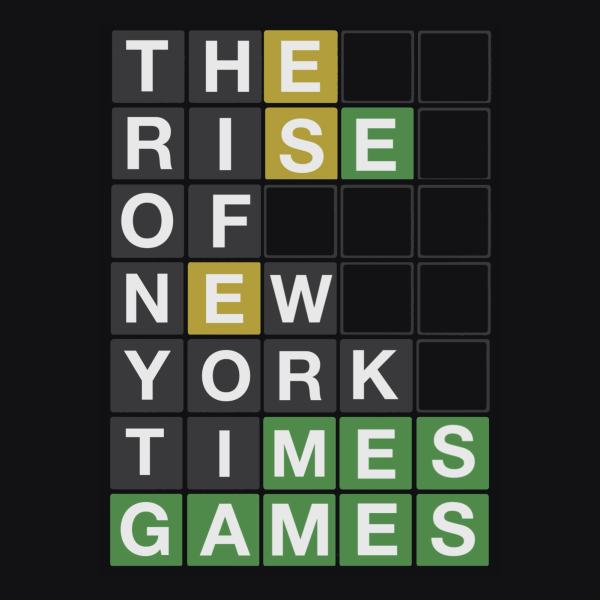The Truth About Nutritional Value in “Reduced-Fat” and “Fat-Free” Snacks
October 25, 2019
My school lunch experience is likely to mirror that of many of yours— filled with memories of the food pyramid, the balanced plate, and the noise of cafeteria workers reminding you to grab the raisins or carrots at the checkout to complete your lunch. As kids of the Michelle Obama “Let’s Move!” Initiative, we are all well aware of the country and schools’ constant push against the epidemic of childhood obesity, with memories of whole meals and healthier options plaguing our childhood.
Now graduated to the status of high schooler, we’ve been given a new freedom unlike that of previous years. Lunch is a brand new terrain, and we are given the choice to not just eat whatever is given to us or what our parents plop into our backpacks. With The Cove, The Dock and The Lighthouse, we are given the freedom to pick and choose what our lunch will be for the day.
Many students, my friends and I included, have gone months or even a whole school year without ever stepping in line for any of the hot lunch choices; instead, we venture to the various snack line options at the High School. Grabbing a piece of banana bread, a bag of chips and a drink has been much too convenient for my friends and I to pass up, and this is preferable to being restricted to sitting in the overcrowded cafeteria to eat a hot lunch.
Taking a look at The Cove, most of the snacks are littered with buzzwords like low-fat and reduced-fat written on anything that could possibly be considered so. This push for low-fat chips and other snacks is one of many healthy food initiatives in schools. But what are these so called “healthier options” actually doing for us? Is the food offered to us in The Cove actually any healthier than its regular counterparts?
Taking a look back, before my senior lunch pass came into my life, a central part of my diet during the school day consisted to the many chips and cracker options given to us via The Cove and The Lighthouse. The 40% reduced-fat kettle chips were a particular favorite of mine. Looking at the label of Lays Kettle Cooked 40% reduced-fat chips, there’s a 2.0 gram difference in fat and just a 0.5 gram difference in saturated fats, and we also see an increase in sugar and carbs.
A study done in 2006 by Brain Wansink and Pierre Chandon in the UK took a look at food labeled as reduced-fat, fat-free and low-fat. The study found that these foods are not all they claim to be: 10% of diet foods contain the same or more calories than their regular counterparts and 40% contain more sugar. To make up for the flavor lost by the reduced fat, companies pack their food full of artificial flavoring, chemicals and sugar. These more sugary options will leave you feeling hungry faster.
“As a result,” Wansink and Chandon claimed, “consumers may end up eating more total daily calories.”
The school, students, and the general public alike are fooled into thinking these alternative options are somehow healthier than their full-fat counterparts. In reality, we see very little improvement in nutrition; in fact, by some standards, these foods could be worse than their originals. Although it’s okay to eat these snacks in moderation, you shouldn’t live with the belief that they are really any healthier than regular snacks.


























